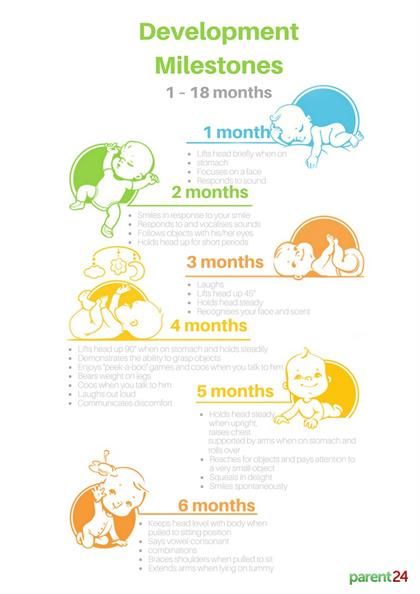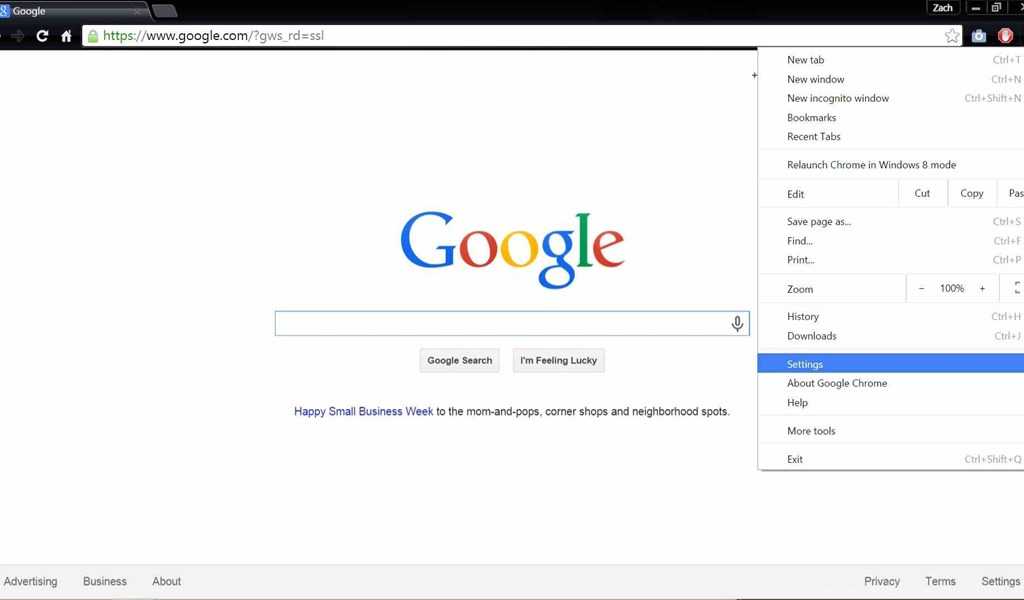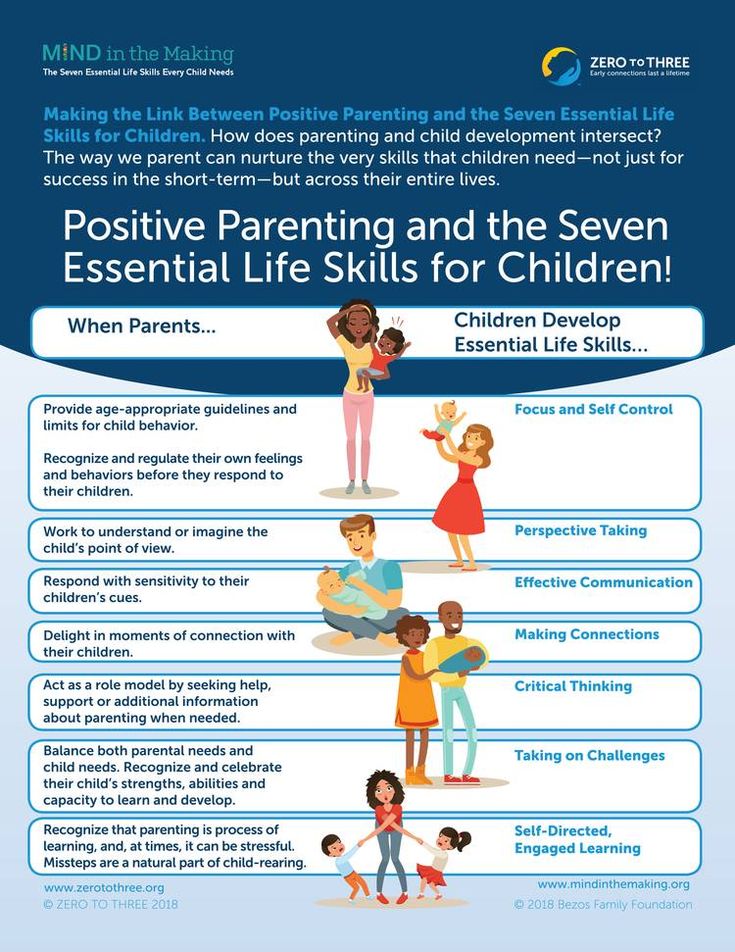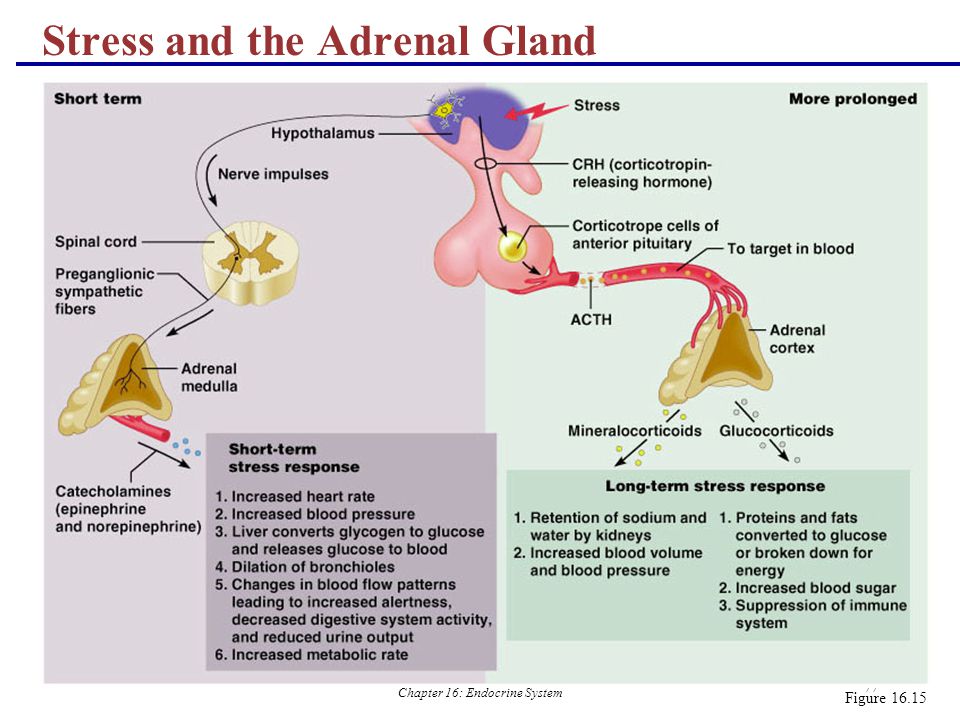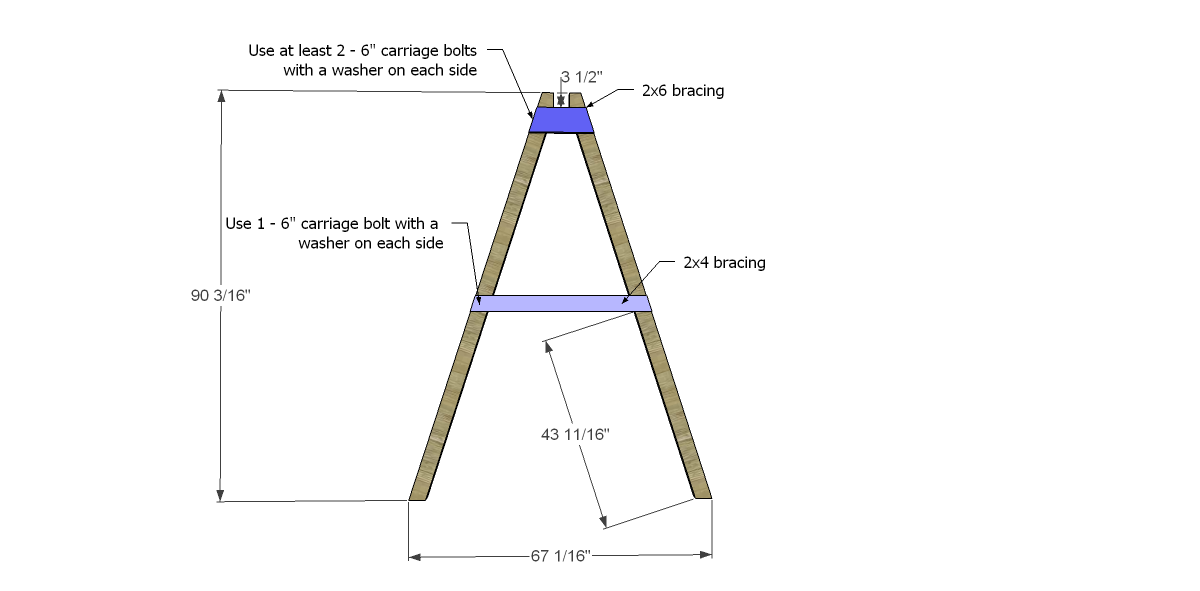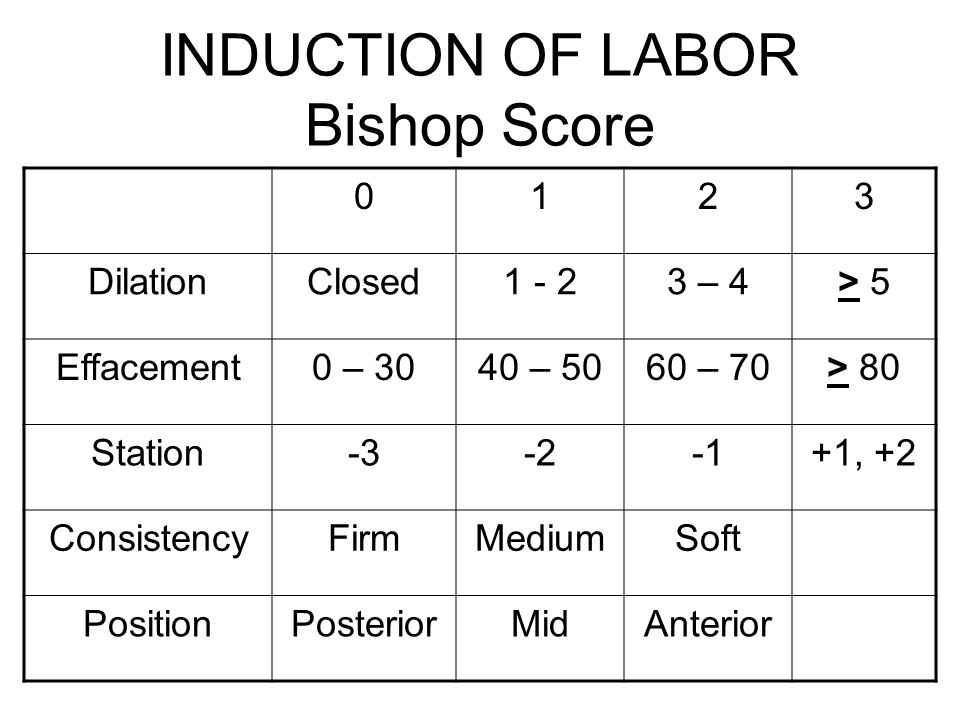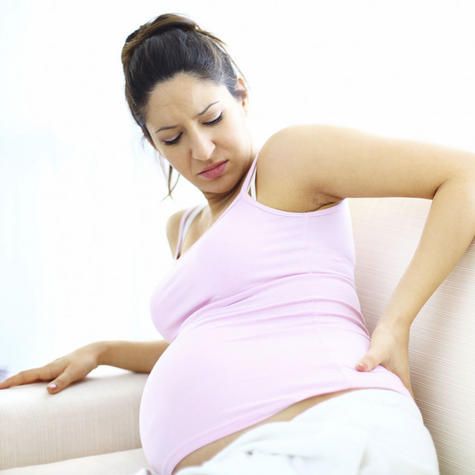Milestones of baby growth
Baby Development Stages: The First Year
Written by Gina Shaw
From helpless newborn to active toddler: It takes just 12 short months for your baby to undergo this incredible transformation. Babies grow and change at an astounding pace, and every month brings new and exciting developments.
New moms and dads often wonder what to expect next and how to know if their baby’s development is on target. Instead of focusing too much on developmental milestones, however, it’s important to remember that babies all develop at their own pace. There’s a fairly wide “window” for when it is normal for a baby to reach a particular developmental stage.
“If your baby reaches one milestone sooner, she may reach another one later, because she’s so busy perfecting the other skill,” says Jennifer Shu, MD, pediatrician and co-author of Heading Home with Your Newborn.
Some babies may say their first word at eight months, while others don’t talk until a little after the one-year mark. And walking may start anytime between nine and 18 months.
Keeping those kinds of variations in mind, here’s what your baby may be doing during each three-month stage of the first year.
Baby Development: One to Three Months
During this first development stage, babies’ bodies and brains are learning to live in the outside world. Between birth and three months, your baby may start to:
- Smile. Early on, it will be just to themselves. But within three months, they’ll be smiling in response to your smiles and trying to get you to smile back at them.
- Raise their head and chest when on their tummy.
- Track objects with their eyesand gradually decrease eye crossing.
- Open and shut their hands and bring hands to their mouth.
- Grip objects in their hands.
- Take swipes at or reach for dangling objects, though they usually won’t be able to get them yet.
Baby Development: Four to Six Months
During these months, babies are really learning to reach out and manipulate the world around them.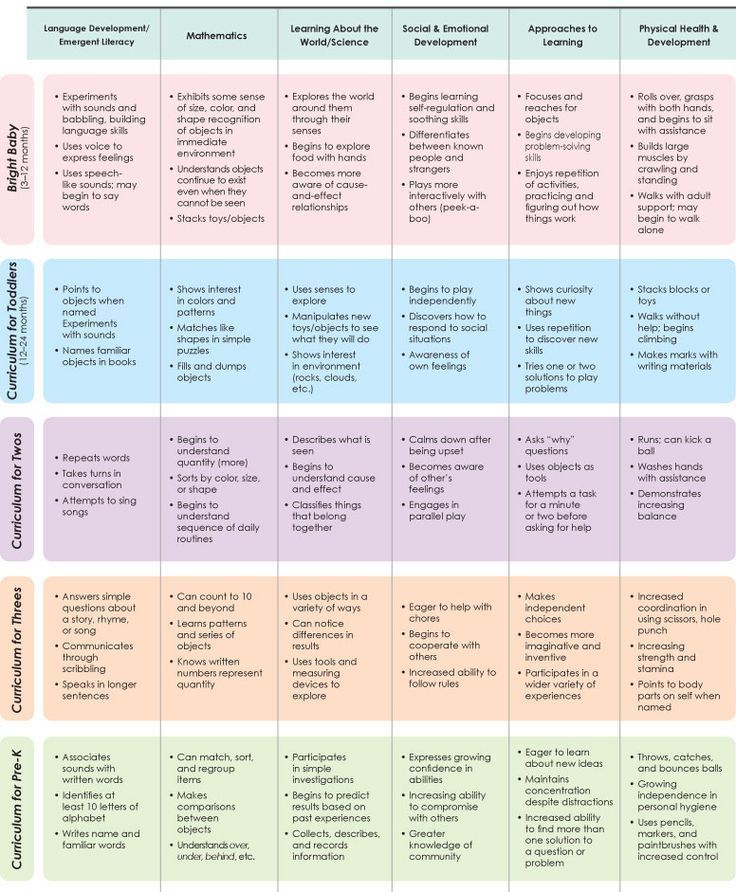 They’re mastering the use of those amazing tools, their hands. And they’re discovering their voices. From 4 to 6 months old, your baby will probably:
They’re mastering the use of those amazing tools, their hands. And they’re discovering their voices. From 4 to 6 months old, your baby will probably:
- Roll over from front to back or back to front. Front-to-back usually comes first.
- Babble, making sounds that can sound like real language.
- Laugh.
- Reach out for and grab objects (watch out for your hair), and manipulate toys and other objects with their hands.
- Sit up with support and have great head control.
Baby Development: Seven to Nine Months
During the second half of this year, your little one becomes a baby on the go. After learning that they can get somewhere by rolling over, they’ll spend the next few months figuring out how to move forward or backward. If you haven’t baby-proofed yet, better get on it!
- During this time period, your baby may:
- Start to crawl. This can include scooting (propelling around on their bottom) or “army crawling” (dragging themselves on their tummy by arms and legs), as well as standard crawling on hands and knees.
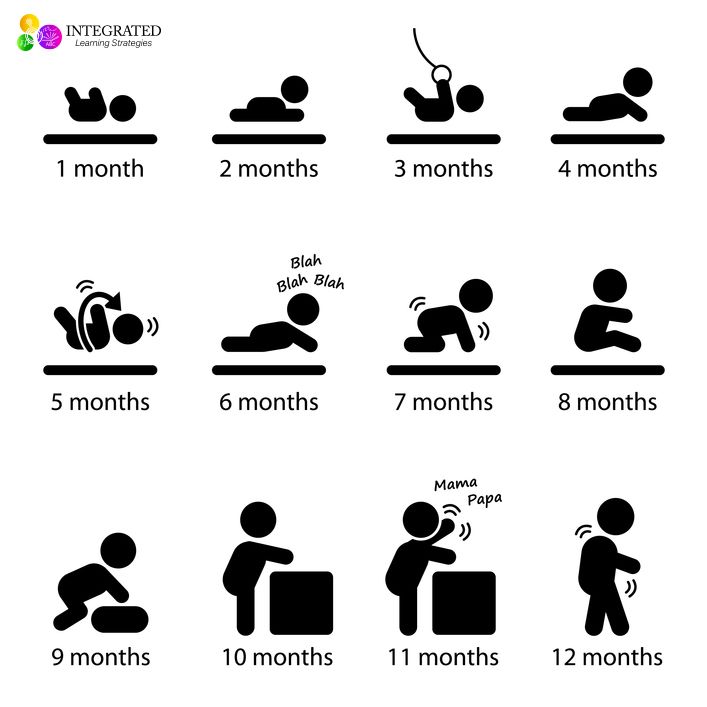 Some babies never crawl, moving directly to from scooting to walking.
Some babies never crawl, moving directly to from scooting to walking. - Sit without support.
- Respond to familiar words like their name. They may also respond to “No” by briefly stopping and looking at you, and may start babbling "Mama" and "Dada."
- Clap and play games such as patty-cake and peekaboo.
- Learn to pull up to a standing position.
Baby Development: 10 to 12 Months
The last development stage in baby’s first year is quite a transition. They aren’t an infant anymore, and they might look and act more like a toddler. But they are still a baby in many ways. They are learning to:
- Begin feeding herself. Babies at this developmental stage master the “pincer grasp“ -- meaning they can hold small objects such as O-shaped cereal between their thumb and forefinger.
- Cruise, or move around the room on their feet while holding onto the furniture.
- Say one or two words, and "Mama" and "Dada" become specific name for parents.
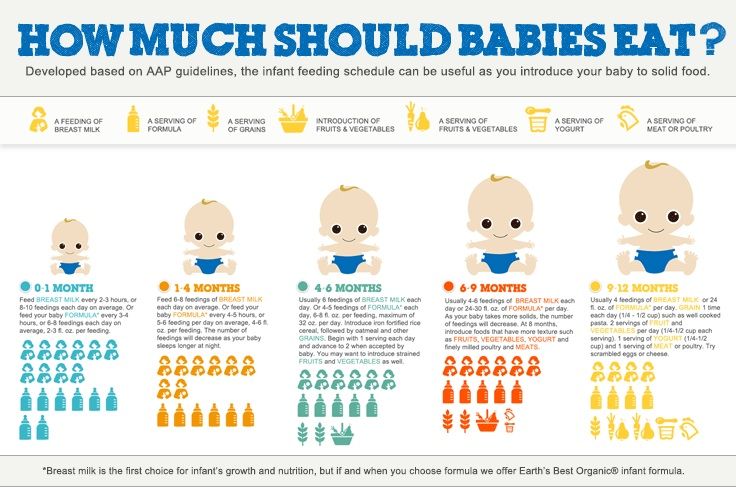 The average is about three spoken words by the first birthday, but the range on this is enormous.
The average is about three spoken words by the first birthday, but the range on this is enormous. - Point at objects they want in order to get your attention.
- Begin “pretend play” by copying you or using objects correctly, such as pretending to talk on the phone.
- Take their first steps. This usually happens right around one year, but it can vary greatly.
Your Baby’s Development: When to Talk to a Pediatrician
What should you do if you think your baby is not meeting growth or developmental milestones, when they should? First, says Shu, trust your instincts. “If you really feel like something’s wrong, then talk to your doctor about it because if there is a problem, we want to catch it as soon as we can," she says. "Early intervention is best, and you know your child better than anyone.”
Remember, however, that it is not exactly when your baby sits up by themselves or says their first words that is important; it’s that they are moving forward in their development.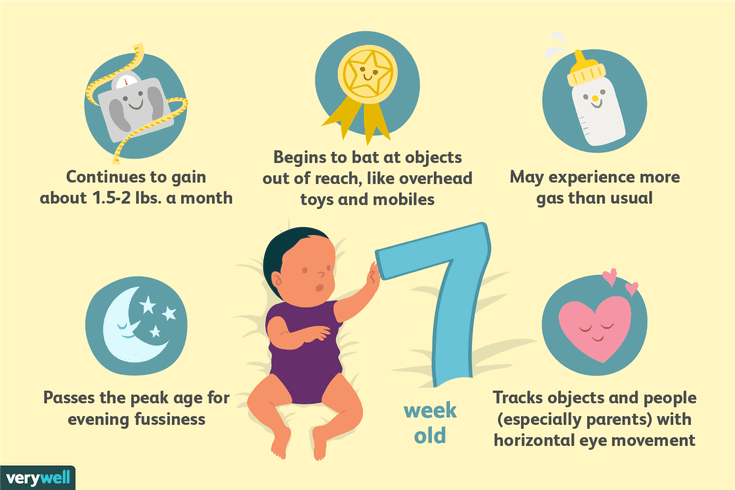 “Don’t look at the time as much as the progression, and see that your child is changing and growing,” says Shu. “It’s not a race. Nobody’s going to ask on a college application when your child first walked or said ‘da-da.’”
“Don’t look at the time as much as the progression, and see that your child is changing and growing,” says Shu. “It’s not a race. Nobody’s going to ask on a college application when your child first walked or said ‘da-da.’”
Your Child’s Development -- Month by Month
This table shows common developmental milestones that babies reach each month during their first year, in four major categories. Keep in mind that all babies are different and every baby grows at their own pace. There's no precise time that most of these skills first appear. If your child hasn’t reached a milestone by the month it is listed on this chart, it is usually a perfectly normal variation in child development. Watch for progress, not deadlines.
| Gross Motor | Fine Motor | Language/ Cognitive | Social |
1 month | Moves head from side to side when on stomach | Strong grip | Stares at hands and fingers | Tracks movement with eyes |
2 months | Holds head and neck up briefly while on tummy | Opens and closes hands | Begins to play with fingers | Smiles responsively |
3 months | Reaches and grabs at objects | Grips objects in hands | Coos | Imitates you when you stick out your tongue |
4 months | Pushes up on arms when lying on tummy | Grabs objects -- and gets them! | Laughs out loud | Enjoys play and may cry when playing stops |
5 months | Begins to roll over in one or the other direction | Is learning to transfer objects from one hand to the other | Blows “raspberries” (spit bubbles) | Reaches for mommy or daddy and cries if they’re out of sight |
6 months | Rolls over both ways | Uses hands to “rake” small objects | Babbles | Recognizes familiar faces --caregivers and friends as well as family |
7 months | Moves around --is starting to crawl, scoot, or “army crawl” | Is learning to use thumb and fingers | Babbles in a more complex way | Responds to other people’s expressions of emotion |
8 months | Sits well without support | Begins to clap hands | Responds to familiar words, looks when you say their name | Plays interactive games like peekaboo |
9 months | May try to climb/crawl up stairs | Uses the pincer grasp | Learns object permanence -- that something exists even if they can’t see it | Is at the height of stranger anxiety |
10 months | Pulls up to stand | Stacks and sorts toys | Waves bye-bye and/or lifts up arms to communicate “up” | Learns to understand cause and effect (“I cry, Mommy comes”) |
11 months | Cruises, using furniture | Turns pages while you read | Says “mama” or “dada” for either parent | Uses mealtime games (dropping spoon, pushing food away) to test your reaction; expresses food preferences |
12 months | Stands unaided and may take first steps | Helps while getting dressed (pushes hands into sleeves) | Says an average of 2-3 words (often “mama” and “dada”) | Plays imitative games such as pretending to use the phone |
Your Baby's First Year Explained With Pictures
Reviewed by Amita Shroff, MD on February 24, 2021
Caring for an infant can be exhausting, but there's so much to look forward to. Take a tour of first-year "firsts" with WebMD's guide to the most anticipated baby milestones.
Take a tour of first-year "firsts" with WebMD's guide to the most anticipated baby milestones.
After two months of sleepless nights and round-the-clock soothing, you've seen plenty of your baby's tears. Maybe you've spotted a fleeting smile, but then again, it could have been gas. Now it's time for the real reward. By around 2 months of age, your baby will smile in response to you! The sound of your voice or the sight of your face is often all it takes to trigger your baby's irresistible grin.
If the frequent sound of your baby's crying has you on edge, take heart. By 4 months, you can look forward to another sound, possibly the sweetest you'll ever hear -- your baby's laughter. The best part is how easily a baby laughs. Silly faces, tickling, and peek-a-boo are usually more than enough to set off lots of squeals and giggles.
Like no other baby milestone, a full night of sleep becomes the Holy Grail for new parents. While it is unrealistic and unhealthy to expect a newborn to sleep all night, parents can rest assured that relief will come soon.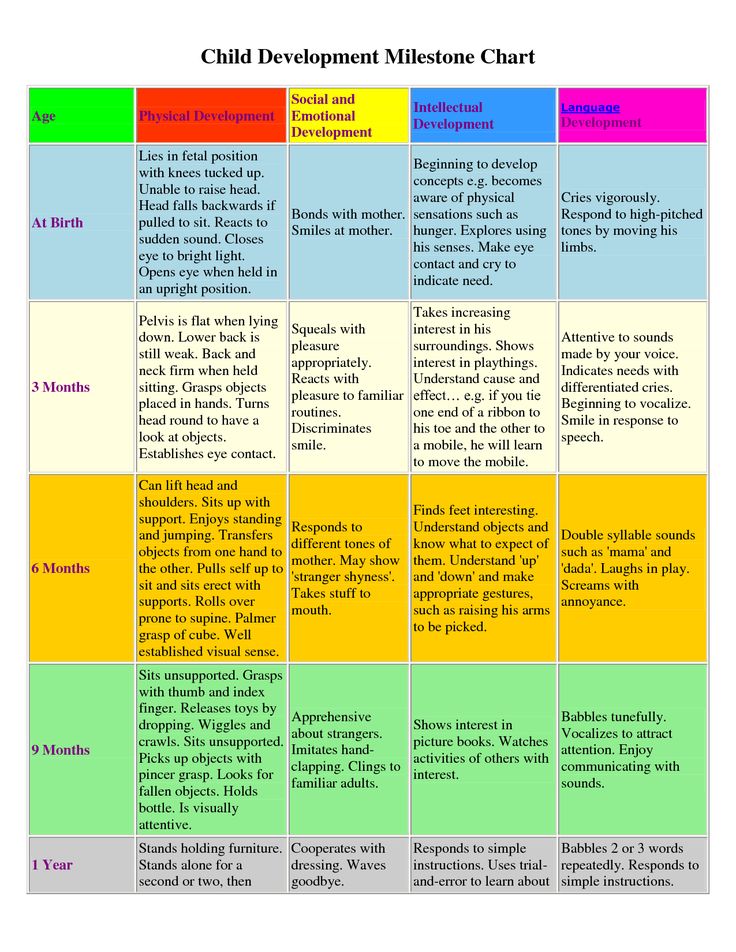 By 4-6 months, most babies are capable of sleeping through the night.
By 4-6 months, most babies are capable of sleeping through the night.
How different the world looks when you're not stuck on your belly! Around 5 or 6 months, most babies can sit up with support -- either by resting on their hands in front of them or by leaning on pillows or furniture. Babies can usually sit alone steadily by 7-9 months.
If you have an 8-month-old, you may want to put your gym membership on hold. You're about to get plenty of exercise chasing your suddenly mobile baby around the house. By 9 months, most babies crawl using both hands and feet, though some babies never crawl, preferring to creep or wriggle instead. Crawling is not an essential baby milestone, and infants who choose to scoot or creep still tend to reach other milestones on schedule.
Waving "bye-bye" is not just a cute trick -- it is an actual expression of language. By 9 months most babies begin to make the link between sounds, gestures, and meaning. They understand that waving is connected to the phrase "bye-bye.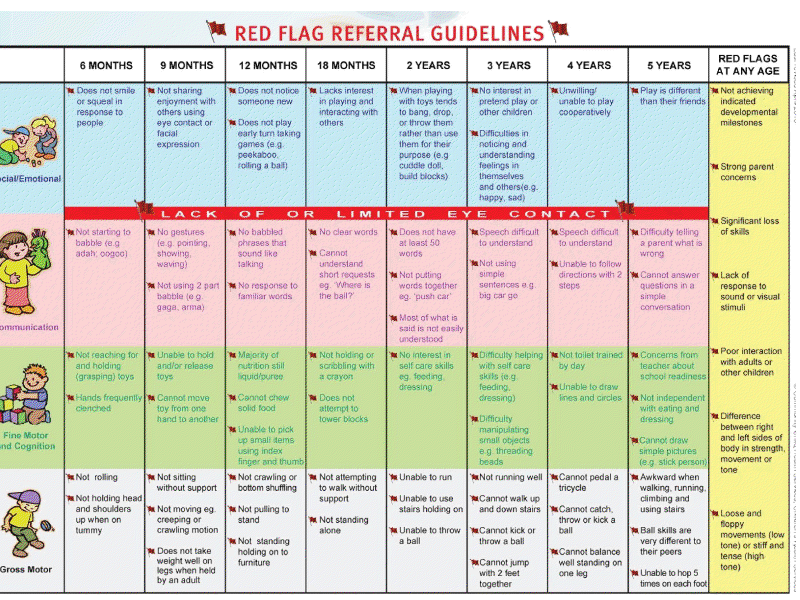 "
"
Just when spoon-feeding begins to lose its luster, babies are ready to feed themselves. Between 9-12 months, babies develop better control over their hands and fingers, making it easier to grab small objects -- like finger foods! Unfortunately, babies this age love to explore taste and texture, so food is not the only thing they'll try to pop into their mouths. Environmental safety should, therefore, become a big parental concern at this age.
By 12 months, most babies begin to stand briefly without support. They also take small steps while holding onto furniture or other objects, an activity called "cruising." In the weeks or months before they walk independently, babies may spend hours cruising to practice for the real thing.
You might call it the crown jewel of baby milestones. Perhaps no other moment is met with more anticipation (or camera clicks) than a baby's first step on their own. But not all babies walk by their first birthday. The normal range is anywhere from 9 to 17 months, with most babies taking at least a few steps by about 13 months.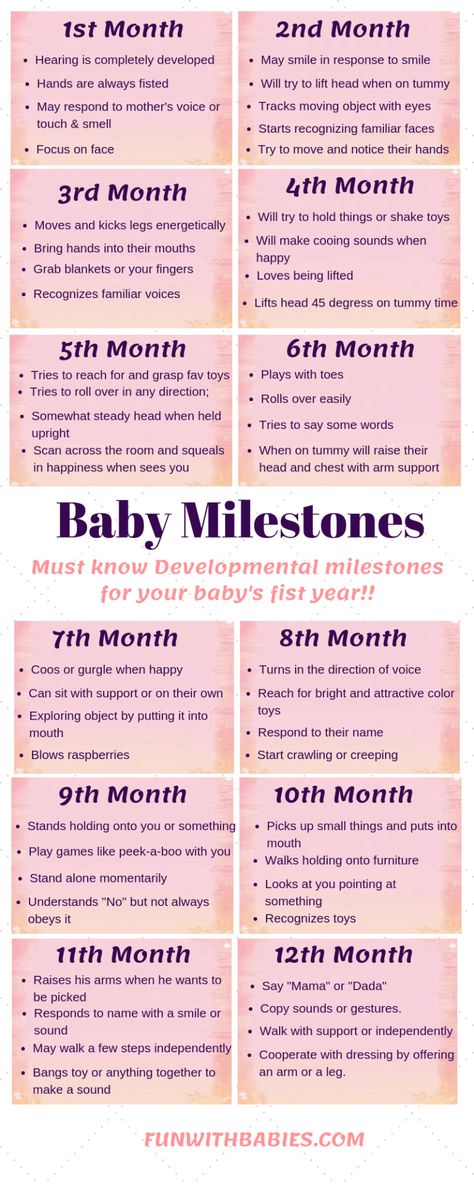
"Mama! Dada!" There's nothing like hearing your baby call your name, and it usually happens right around the one-year mark. By this time, most babies can say at least one real word and actively try to imitate others. It won't be long before you finally get to hear what's on your little one's mind.
IMAGES PROVIDED BY:
(1) Alistair Berg / Digital Vision / Getty Images
(2) sot / Taxi Japan / Getty Images
(3) Purestock / Getty Images
(4) Julia Smith / The Image Bank / Getty Images
(5) Julia Smith / Riser / Getty Images
(6) Tim Hawley / Photographer’s Choice / Getty Images
(7) Dag Sundberg / The Image Bank / Getty Images
(8) Mieke Dalle / Riser / Getty Images
(9) Cohen/Ostrow / Digital Vision / Getty Images
(10) Miguel S Salmeron / Taxi / Getty Images
(11) Altrendo / Getty Images
REFERENCES:
American Academy of Pediatrics.
Centers for Disease Control and Prevention.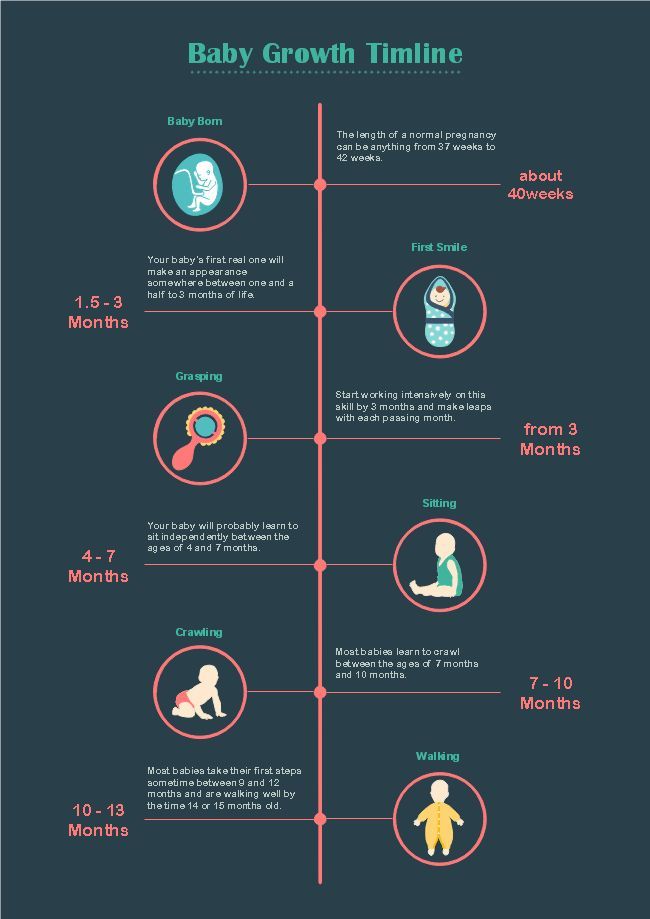
DrGreene.com.
Marat Zeltsman, DO, pediatrician, Joe DiMaggio Children's Hospital.
Marshalyn Yeargin-Allsopp, MD, medical epidemiologist, National Center on Birth Defects and Developmental Disabilities, CDC.
Michelle Bailey, MD, medical director, Duke Health Center at Southpoint.
Parker S, Zuckerman B and Augustyn M (eds.). Developmental and Behavioral Pediatrics: A Handbook for Primary Care, Lippincott Williams and Wilkins, 2005.
The National Dissemination Center for Children with Disabilities.
© 2021 WebMD, LLC. All rights reserved. View privacy policy and trust info
Child Development Calendar from the Health of the Nation
The Child Development Calendar from the Health of the Nation medical center is a convenient system that tells parents by months how the baby is developing.
Child development by months
Newborn
How does the baby behave in the first weeks of life? Should I be worried if he sleeps 18 hours a day? What you need to know about the features of feeding the crumbs, and what recommendations for care should be followed?
Read more
1 month
What happens to a child at the age of one month, how his behavior changes.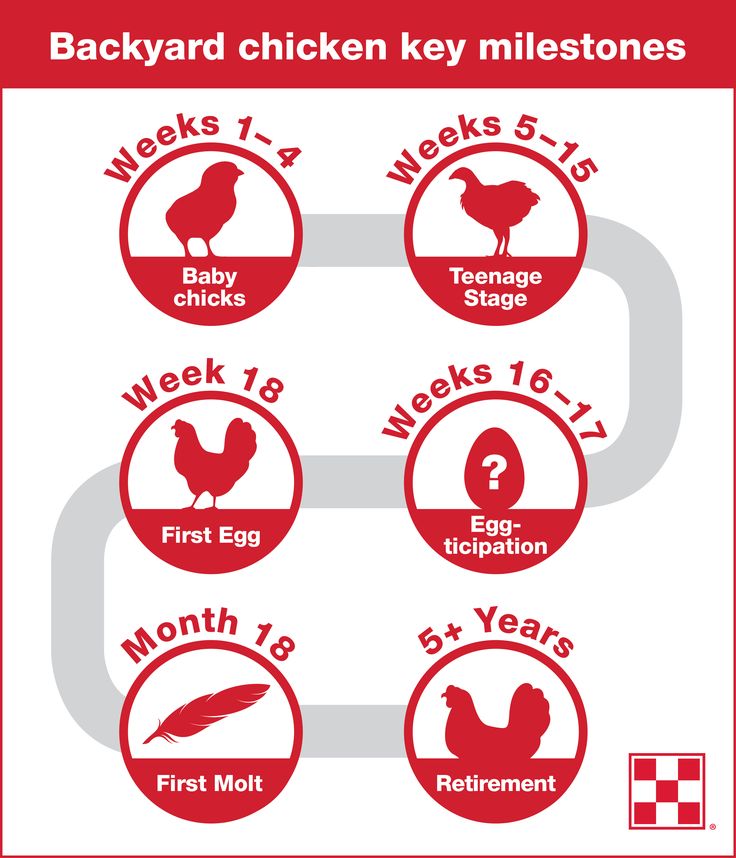 Features of development and the emergence of new actions. What you need to know about nutrition, daily care. Planned visits to doctors and testing.
Features of development and the emergence of new actions. What you need to know about nutrition, daily care. Planned visits to doctors and testing.
Read more
2 months
What happens in the life of a child at the age of 2 months? What behaviors should be taken into account? The appearance of the first emotions of the baby, the development of the vocal apparatus.
Read more
3 months
What discoveries do parents expect when a child turns 3 months old? The emergence of new skills, the first conscious manifestation of emotions and desires. What you need to know about the features of feeding?
Read more
4 months
What happens to a 4 month old baby? The first serious games and interaction with the outside world.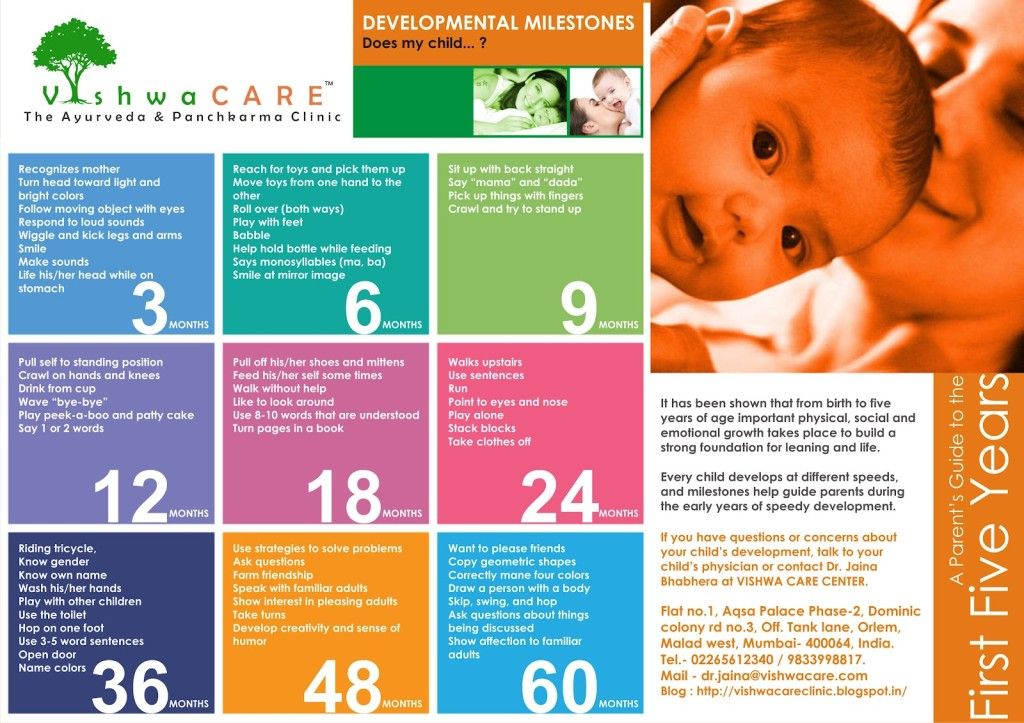 What you need to know about the features of feeding, and what recommendations for care should be followed?
What you need to know about the features of feeding, and what recommendations for care should be followed?
Read more
5 months
Transition period from horizontal position. What you need to know about the features of feeding crumbs? What should parents of a five-month-old baby be prepared for?
Read more
6 months
What did the baby learn at 6 months of age? How critical is the discrepancy with accepted norms? What you need to know about the features of feeding crumbs, how to introduce the first complementary foods?
Read more
7-9 months
What happens to a child aged 7-9 months? The baby begins to sit, crawl or even take the first steps.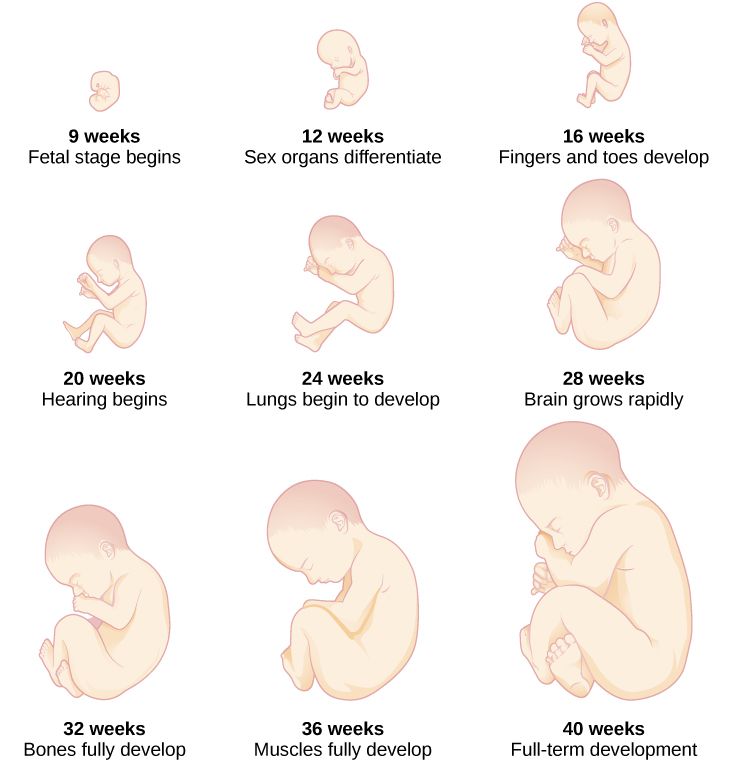 The first attempts to speak appear. Toys are used in a new capacity.
The first attempts to speak appear. Toys are used in a new capacity.
Read more
10-12 months
How does a 10-12 month old baby behave? How does his daily routine change and what games will be more interesting to play closer to the first birthday?
Read more
12-15 months
How does a 12-15 month old child behave? What has changed in behavior, and what features of development is important to remember?
Read more
15-18 months
How does the child behave at the age of 15-18 months? What you need to know about the features of behavior, what to pay attention to?
Read more
18-24 months
How does a child aged 18-24 months behave? What did the baby learn in 2 years? How to make a diet?
Read more
Developmental stages of a newborn | Multidisciplinary center Healthy child
From birth to 10 days of a child's life.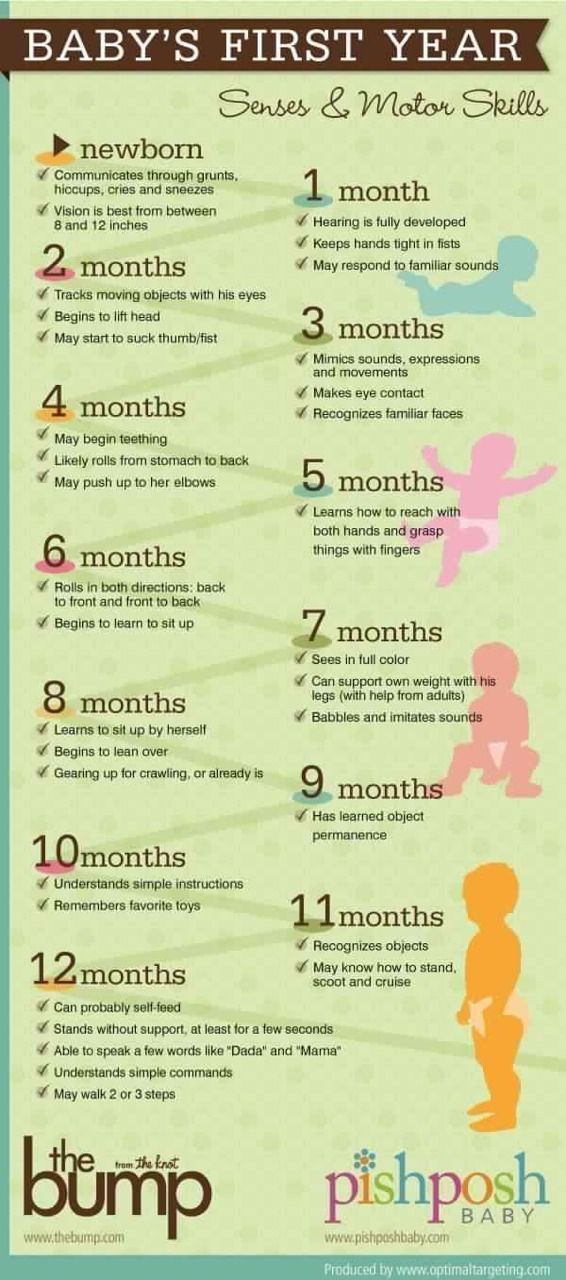
- Keeps a moving object in the field of view (step tracking) - from a supine position, fixes with a glance for 5-10 seconds a moving object located in his field of view at a distance of 40-50 centimeters. Eye movements are spasmodic, sometimes accompanied by a turn of the head. General movements are inhibited.
- Starts and blinks at a sharp sound (auditory orienting reaction) - 2-3 claps are made to the right and left of the child, out of his field of vision.
10 to 20 days of a child's life.
- Keeps an immovable object in the field of view - fixes with a glance for 5-10 seconds an immovable object located in its field of view at a distance of 40-50 centimeters. General movements are inhibited.
- Calms down with a strong sound (auditory focus response) for 10-15 seconds.
1 month of a child's life.
- Follows - smoothly traces a bright object that is in its field of view at a distance of 40-50 centimeters.

- Listens to the voice of an adult, the sound of a toy (prolonged auditory concentration)
- The first smile in response to the addressed speech.
- In the prone position, raises and holds the head for 5-20 seconds.
- Emits separate sounds in response to a conversation, sometimes the reaction is delayed by a few seconds.
2 months of a child's life.
- Looks at a motionless object that attracts attention for a long time and follows a moving object for a long time (long-term visual concentration).
- Turning the head towards the sound stimulus, "search" movements of the head and eyes with a prolonged sound (search reaction).
- Smiles, turns head, holds eyes on another child for 15-30 seconds (long-term visual focus on another child).
- Spontaneously pronounces individual sounds.
3 months of a child's life.
- Visual concentration in a vertical position - a child from a position in the arms of an adult follows for 30-40 seconds a stationary or moving object or the face of an adult talking to him.
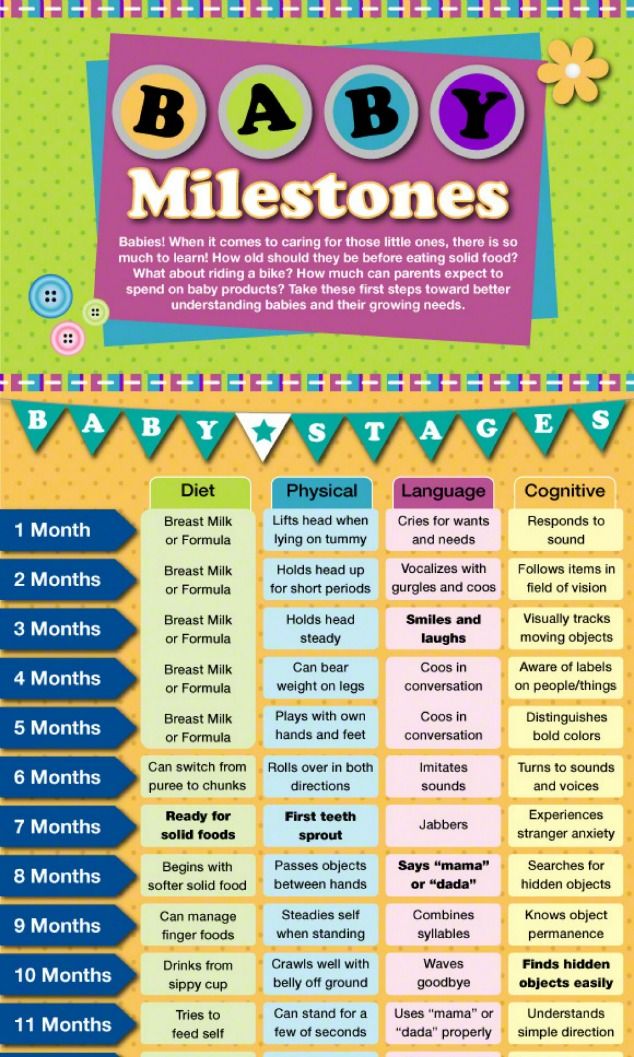
- An "animation" complex appears in response to speech addressed to him, actively searches with his eyes for the source of the sound (another child making sounds)
- Accidentally bumping into toys located at a distance of 10-15 centimeters above his chest, he revives, bumps again, tries to grab the toy and traces the movements of his hand with his eyes.
- Lying on his stomach, he leans on his forearms and raises his head up to 2-2.5 minutes. With support, he leans for 45-60 seconds on firm support with his legs bent at the hip joints, leaning on the entire foot. vertical position up to 1-1.5 minutes.
4 months of a child's life.
- Recognizes the mother, rejoices - looks at the mother expectantly, as soon as she speaks - smiles joyfully, coos, reaches for the mother. When the mother leaves, she expresses displeasure.
- Turns head towards invisible sound source, finds it with eyes and follows for 5-10 seconds.
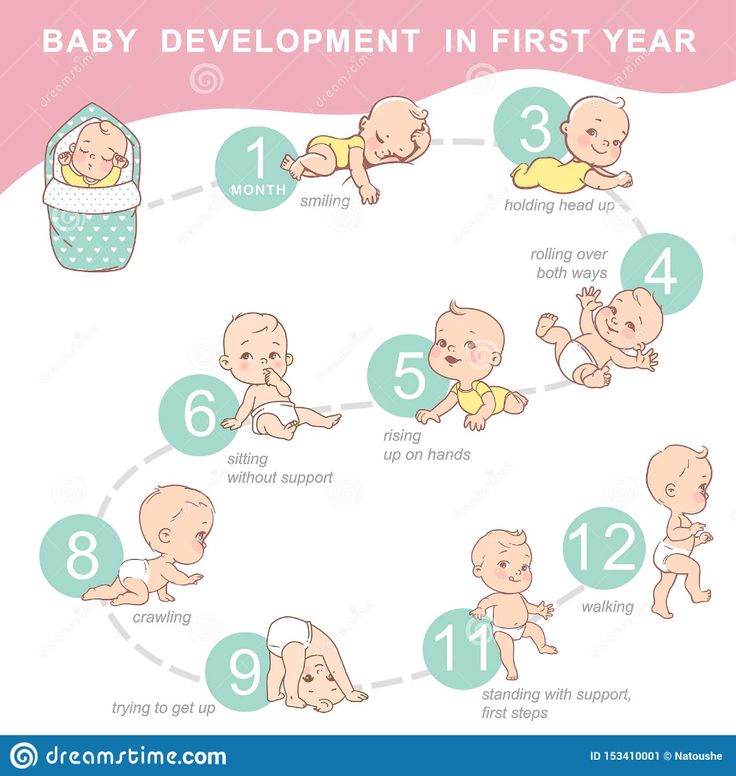
- During wakefulness, a "complex of revival" often and easily arises, laughs loudly in response to a verbal appeal, reaches out to another child.
- Examining, grasping and feeling toys that attract attention.
- Gulit.
- Grabs and holds mother's breast or bottle during feeding.
5 months of a child's life.
- Distinguishes close people from strangers (reacts differently to faces) - at the sight of the face of a loved one, a “complex of revival” arises, at the sight of a stranger, movements are slowed down, alertness appears, the child frowns and may cry.
- Recognizes the voice of mother and loved one. Distinguishes between strict and affectionate intonation of speech. Differentially reacts to it.
- Rejoices at another child, takes a toy from his hands, hums.
- Clearly picks up toys from an adult's hands, often picks up toys with one hand, holds them in the hand for 1-2 minutes.
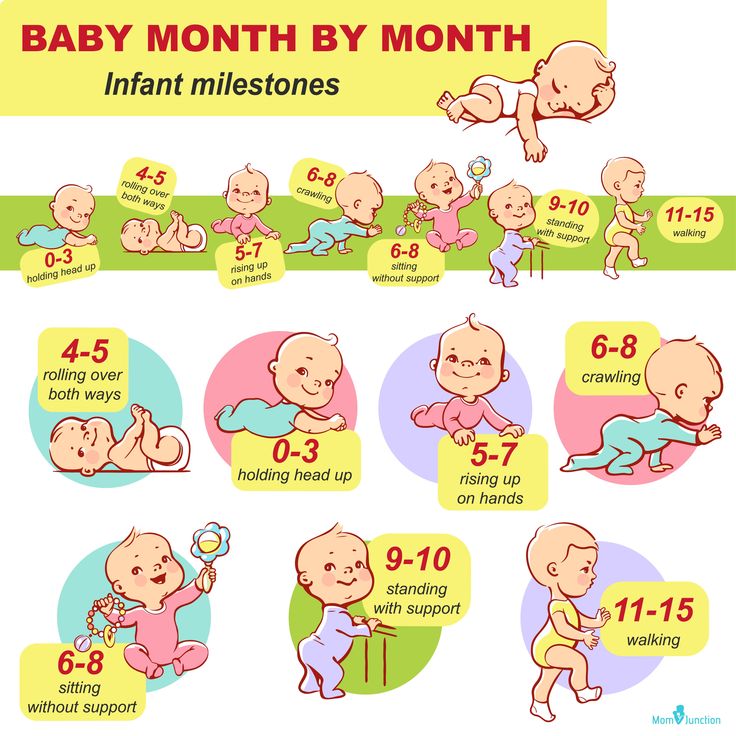
- Lies on the stomach for a long time, raising the body and leaning on the palms of straightened arms. Rolls from back to stomach. Stands upright and stable with support for 3-4 minutes.
- Long melodious humming
- Eats thick food from a spoon, opens mouth and removes food with lips, eats slowly.
6 months of a child's life.
- Recognizes his own name (rejoices, turns towards the adult), distinguishes between his own and someone else's name.
- Takes toys freely from different positions, plays, shifts toys from hand to hand.
- Rolls over from back to stomach. Moves slowly, moving hands or crawling a little, trying to get a toy.
- Beginning to babble (says single syllables, often once), listens to the adult and tries to repeat the syllables.
- Eats well from a spoon, drinks liquid food from a cup.
7 months of a child's life.
- Actively manipulates toys.
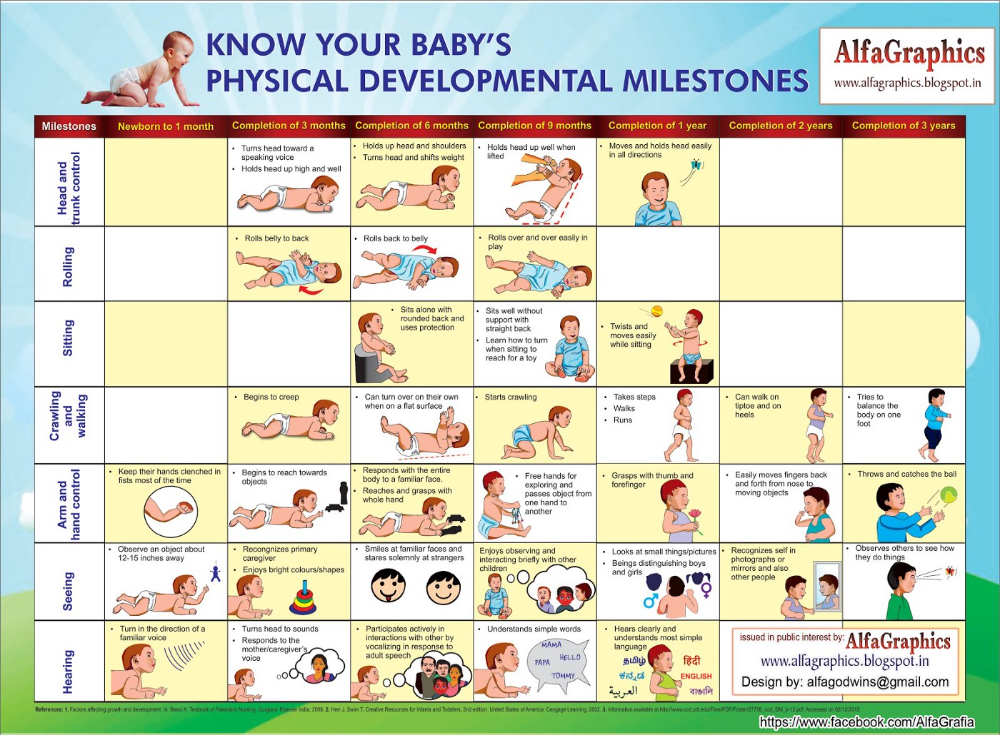
- Crawls well and a lot in various directions
- To the question "Where?" finds a familiar object with a glance (repeatedly called and constantly in one place)
- He babbles for a long time, repeats the same syllables.
8 months of a child's life.
- Observes the actions of another child, laughs, babbles.
- Imitates the actions of adults (rolls the ball, opens the lid, etc.)
- He sits, sits, lies down. He gets up, holding onto the barrier with his hands, stands and lowers himself. Steps over, holding on to the barrier.
- Performs previously learned actions - performs “patricks”, “give me a pen” without showing.
- Loudly, clearly, repeats various syllables.
- Holds and eats bread.
9 months of a child's life.
- Acts a lot by imitation, uses objects differently.
- Moves from object to object, holding on to them with his hands (the objects should be at a distance of about 35 centimeters from each other).
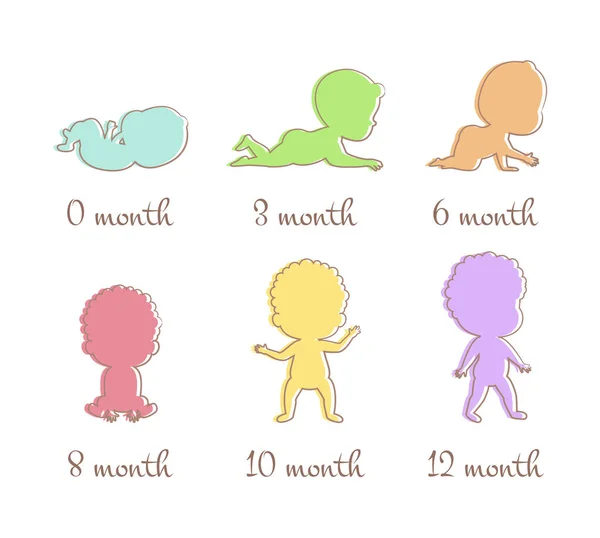
- Knows his name and turns to the call. To the question "Where?" finds familiar objects in different places, regardless of their permanent location.
- Imitating an adult, repeats known syllables after him.
- Drinks from a cup, holding it with his hands.
- Neatness skills are being formed (calmly relates to the planting process).
10 months of a child's life.
- Performs learned actions independently or at the request of an adult.
- With the help of an adult or holding onto the railing sideways, enters a low hill and descends with a side step
- Finds and gives familiar objects on command "give".
- Imitating an adult, repeats after him previously unknown syllables.
11 months of a child's life.
- She rejoices at the appearance of other children, selectively reacts to them.
- Masters new actions, performs them by order and by imitation (puts a cube on a cube, removes and puts rings with large holes on the rod).
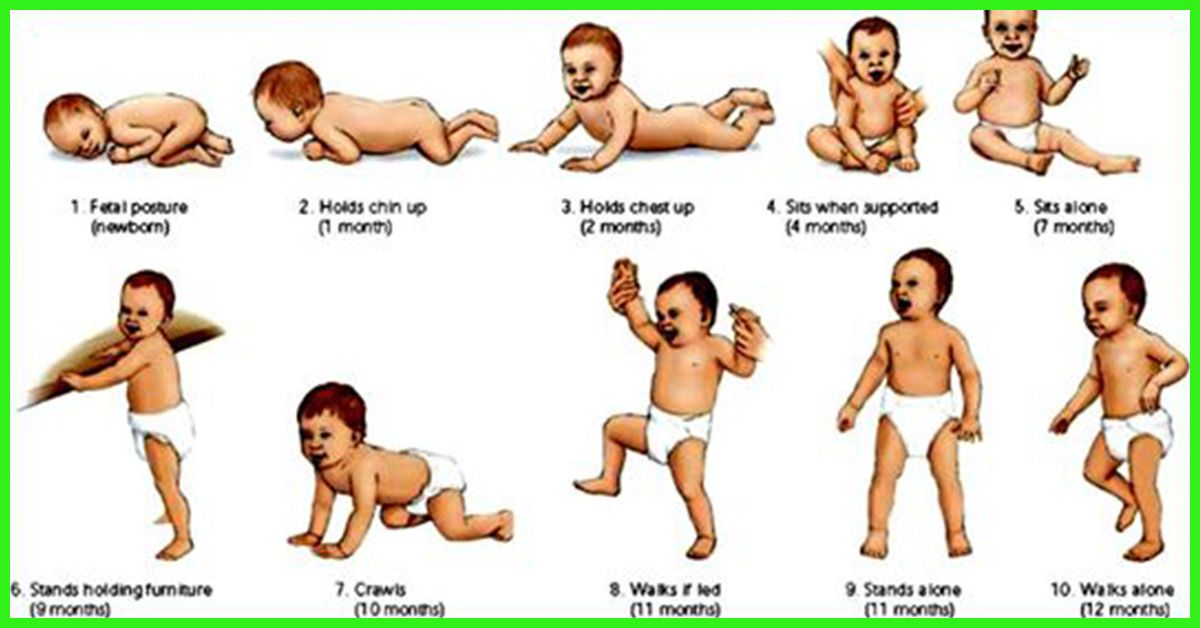 Performs previously learned actions on verbal instructions (without showing).
Performs previously learned actions on verbal instructions (without showing). - Stands independently, takes first independent steps.
- The first generalizations appear in understood speech (brings 2-3 toys of the same name - ball, car, doll)
- Pronounces the first designation words (lightweight words) - “kis-kis”, “av-av”, “give”.
12 months of a child's life
- Distinguishes objects by shape (cubes, bricks, etc.), recognizes photographs of a familiar person (mother, father).
- Plays with other children, looking for a hidden toy.
- Walks independently, without support, with alternating steps.
- Understands the word "not allowed", stops the prohibited action.
- Easily imitates new syllables, pronounces 6-10 facilitated words.
- He drinks from a cup himself, takes the dishes with his hands and puts them on the table.
1 year 3 months of a child's life.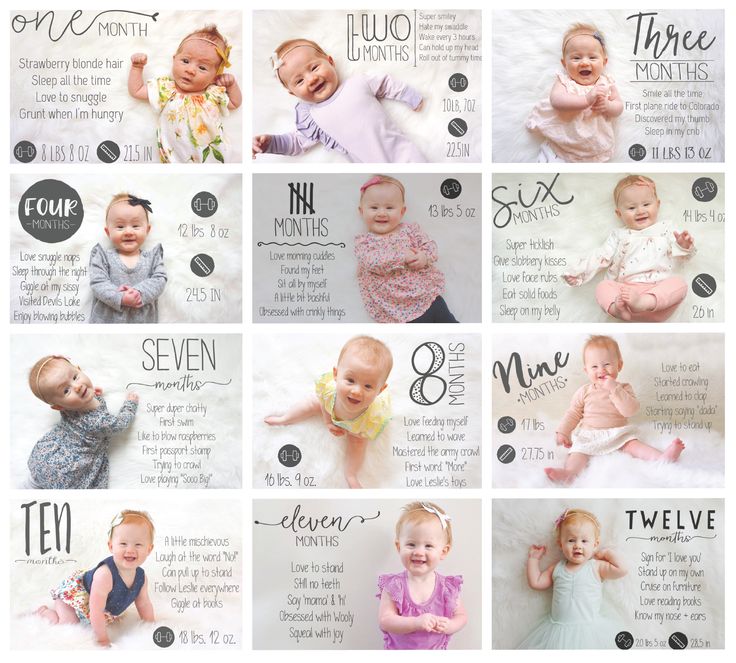
- Increasing the stock of understood words, performs at least 3 instructions from an adult.
- Actively uses babble and light words.
- Oriented in the size of objects (larger or smaller, with a difference exceeding 3 centimeters).
- Independently reproduces previously learned actions during the game.
- Walks for a long time without sitting down, changes position (squats, leans, turns, backs away).
- Eats solid food with a spoon on his own.
1 year 6 months of a child's life.
- Summarizes objects according to essential features in understood speech (finds objects that are homogeneous in terms of feature)
- Correct analogues of lightened words appear (car - instead of "bee-bee", etc.).
- Oriented in 3-4 contrasting forms of objects.
- Steps over low obstacles with a side step.
- Eats liquid food on his own with a spoon (holds the stalk on top in his fist).
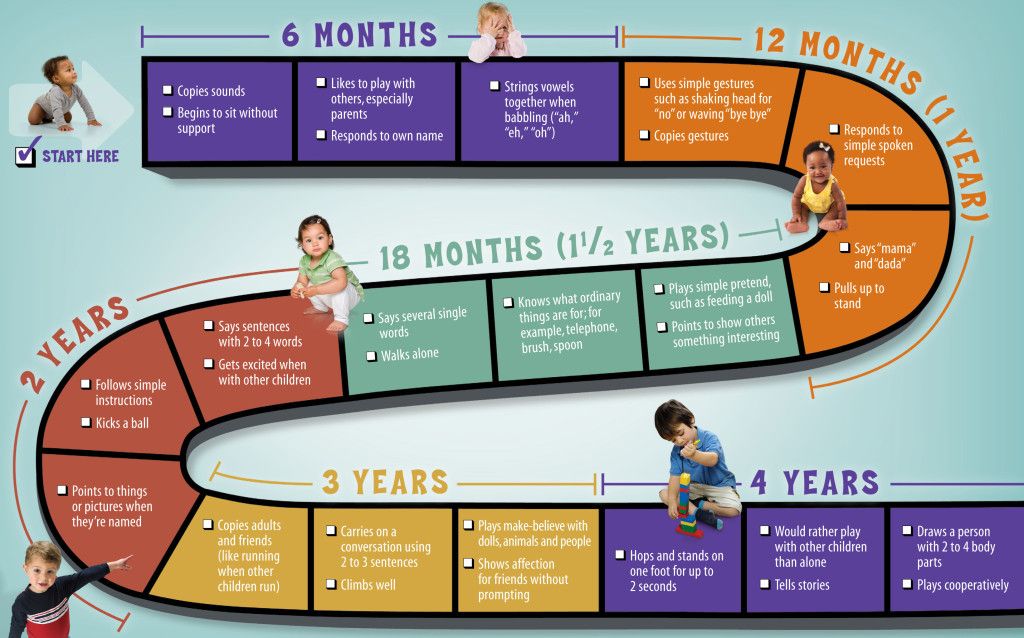
1 year 9 months of a child's life.
- Understands a simple adult story from a picture and answers questions.
- Uses words and two-word sentences.
- Oriented in 3-4 contrasting values of objects with a difference of 3 centimeters.
- Walks on a limited surface elevated slightly above the floor without the help of an adult.
- Partially undresses with the help of an adult.
- Reproduces simple plot buildings - "gate", "bench", "house" of bricks, cubes.
2 years of a child's life.
- Understands a short story by an adult without showing pictures about events in the child's experience and answers questions.
- Uses three-word sentences, uses adjectives and pronouns.
- Steps over low obstacles in alternating steps.
- Oriented in 3-4 contrasting colors.
- Performs a series of several actions in sequence, using items as intended (the beginning of the story game).
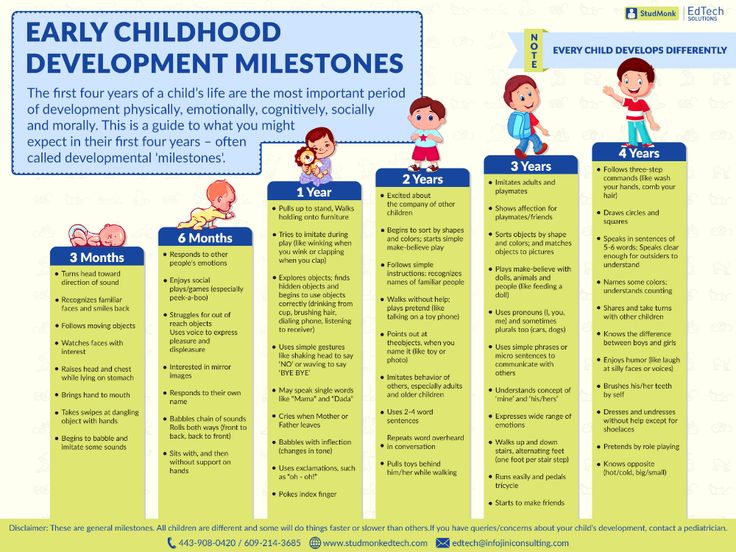
- Partially puts on clothes with the help of an adult.
2 years 6 months of a child's life.
- Uses multi-word sentences with more than three words. The questions “Where?” and where?".
- Models basic geometric shapes (cube, ball, brick, prism, cylinder, cone) and objects of four primary colors.
- The game has a plot character. The child independently makes simple plot constructions and names them.
- Fully dressable. Doesn't know how to fasten buttons and tie shoelaces.
- Steps over an obstacle 20-30 centimeters high.
3 years of a child's life.
- Begins to use complex subordinate clauses. The questions “Why?”, “When?”, “What?”
- Correctly uses various forms of objects (makes a mosaic).
- Elements of a role-playing game appear, names his role to the question "Who are you?". Complex plot constructions appear, including many elements.
